Here we go wading into what may be the most contentious subject in all of shooting: which is more important: caliber (i.e. stopping power) or shot placement?
Anyone who has been shooting for any amount of time at all likely has very strong feelings about the subject (I know that I do), and there are even arguments among people who advocate one side or the other. Which is why you see people arguing 9mm vs .45, or, in the case of the placement argument, some people argue center mass vs (if you’re Joe Biden) “just shoot them in the leg.” (Okay, I admit it, I’m kidding about that last one. No serious shooter ever argues for aiming for the leg if your life is in danger).
Still, back to the original subject, it’s worth hearing opinions on both sides from people with experience and knowledge so that you can come to an informed conclusion. Sheriff Jim Wilson is one person who has certainly thought a lot about this question and has some definite opinions on the subject. Wilson writes,
The only way to stop a violent criminal, once the attack has started, is either to hit the central nervous system or cause immediate and severe blood loss. Notice that I used the word “stop” and not “kill.” Our goal as defensive shooters, if we can’t avoid a dangerous encounter, is to stop the attack as quickly as possible. If the criminal dies, that is unfortunate but it is the price he pays for his criminal ways. We want to stop the crook before any of the good guys get hurt whenever possible.
Therefore, bullet placement is more important than caliber selection (within reason). I would discard the smaller calibers because they might lack penetration or be more easily deflected by hitting bone. I would also avoid the really heavy, handgun-hunting calibers because their recoil makes fast, multiple shots difficult.
The defensive shooter is encouraged to practice giving multiple shots to the vital zone—the upper chest area—because it is an easier target than trying to tap the brain stem or spine.
So, there you have it, at least from Sheriff Wilson’s viewpoint. As long as the caliber that you’re using has adequate penetration power for most purposes (many folks recommend never going smaller than .380), you want to use a caliber that allows you to manage recoil effectively in order to get back on target as quickly as possible so that you can take additional shots, if necessary, to stop the attacker.
What are your thoughts on the placement versus recoil debate? Tell us below.


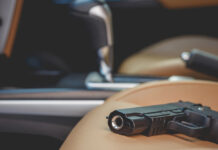


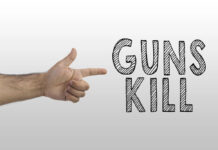

![Are Compensators Worth It? [Video]](https://preparedgunowners.com/wp-content/uploads/2025/07/Depositphotos_815431992_S-218x150.jpg)


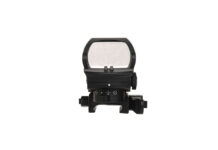
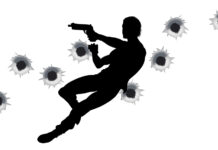

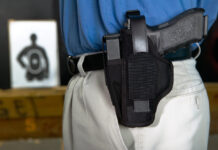
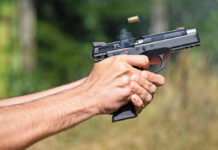
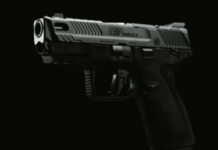
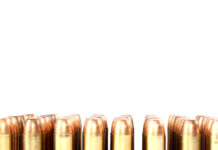
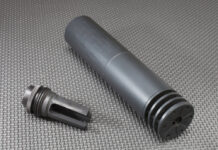
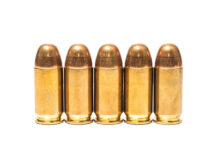

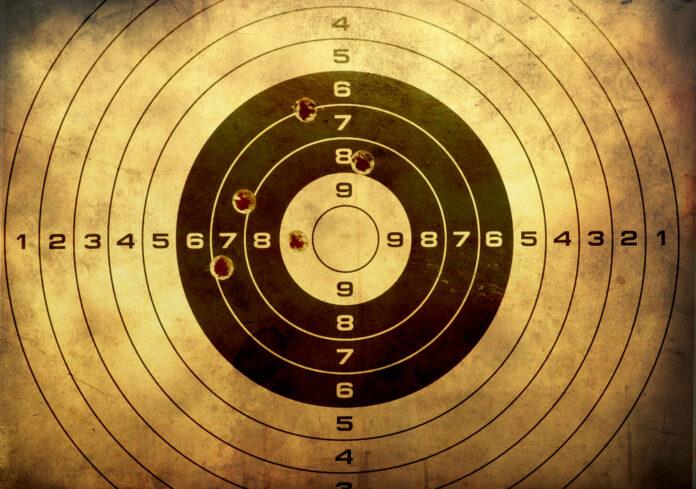

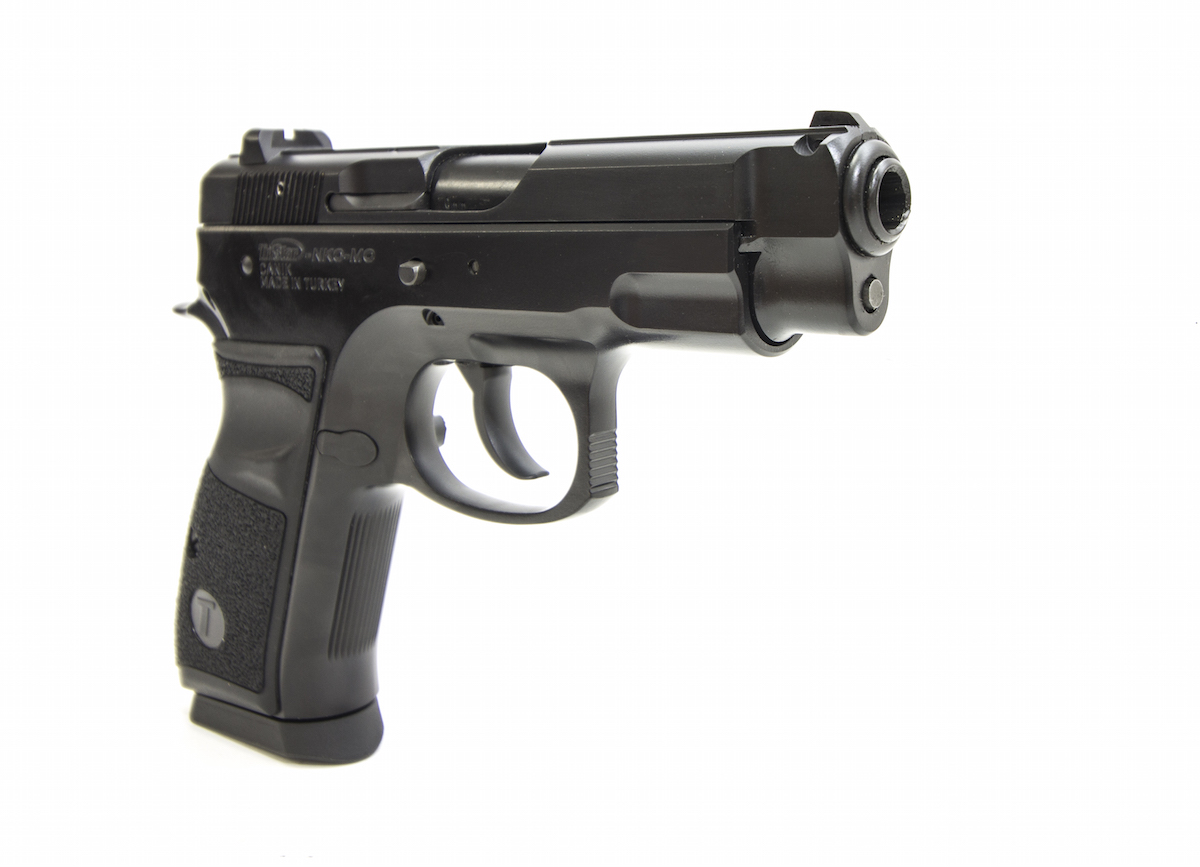


![INFURIATING New Worldwide Plan To Stop Your Guns, Ammunition Purchases [Video]](https://preparedgunowners.com/wp-content/uploads/2023/07/Depositphotos_169147928_S-100x70.jpg)





![Optic Ready vs Milled slides? [Video]](https://preparedgunowners.com/wp-content/uploads/2024/02/image-3-100x70.png)
![[Checklist] What Gear You Need To Take Pistol, Rifle & Shotgun Training Courses [Video]](https://preparedgunowners.com/wp-content/uploads/2023/07/Depositphotos_275087632_L-100x70.jpg)
![What is in Carter’s 2023 EDC? [Video]](https://preparedgunowners.com/wp-content/uploads/2023/07/Depositphotos_146856137_L-100x70.jpg)
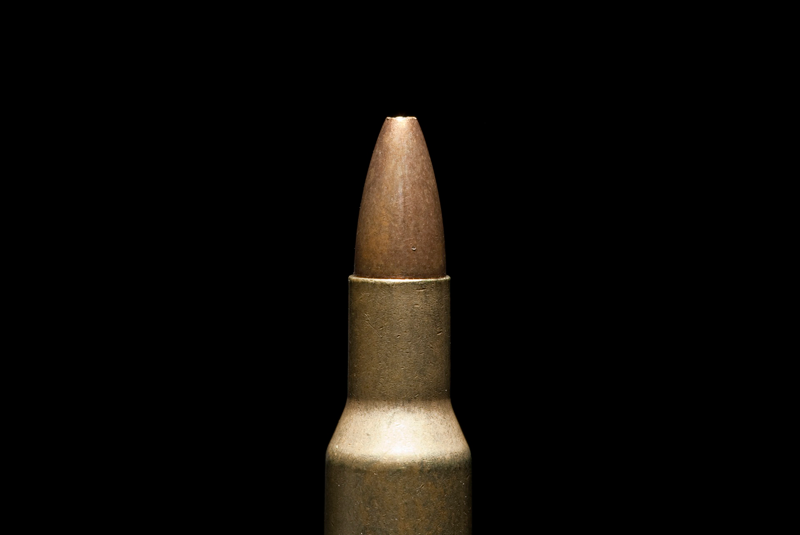
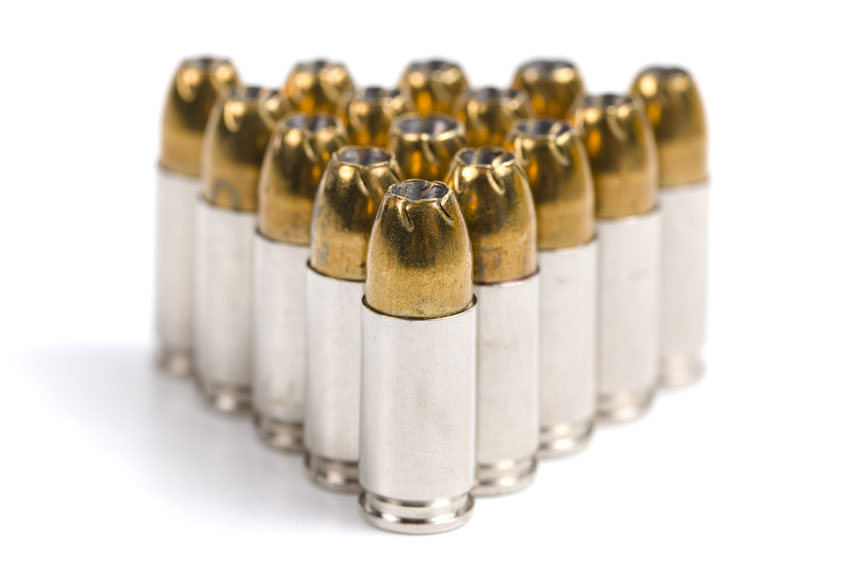
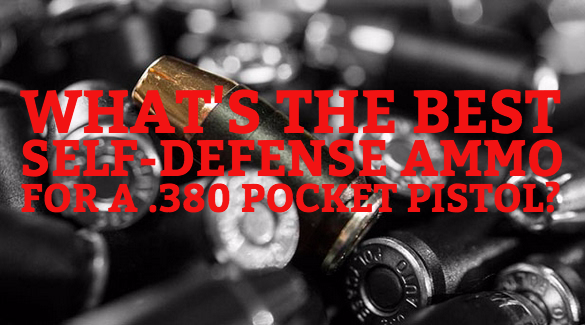
The one point that is forgotten about is how blood loss works. Blood loss stops delivery of oxygen to the brain, there by causing the brain to stop functioning. sounds simple? It isnt. There are several factors to consider, the first is projectile diameter, which changes due to expansion, and where you hit the assailant. First examine the projectile aka bullet. Many argue that modern defensive bullets negate the caliber size argument. well this is false. A 9mm bullet is .355 ” in diameter and a .45 is .451″ when properly measured. A modern hollow point can expand to double its base diameter and retain its full mass which equates to .71″ expansion for s 9mm round and .902″ for the .45acp. Now which will make the hole that will bleed faster if they both were to hit the exact same spot? And even more, the difference between the round sizes allows for .806″ between the .45 and ANY 357based caliber (the 38 special the US used prior to the .45acp) before fatality is diminished. These figures are based on US Army research that lead to the adoption of the .45 with NONEXPANDING projectiles and only took temporary wound channels into consideration
I am not saying large caliber rounds only. Far from it. Instead Choose the most devastating projectile available to you, an use the largest caliber you can handle. poking needle holes in an attacker has proven time and again to just anger an assailant to the point of overkill when you need to STOP the attack.
Comments are closed.